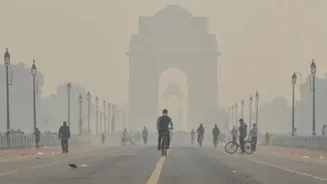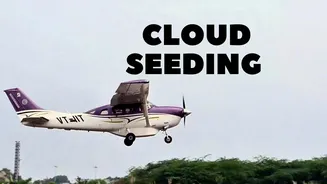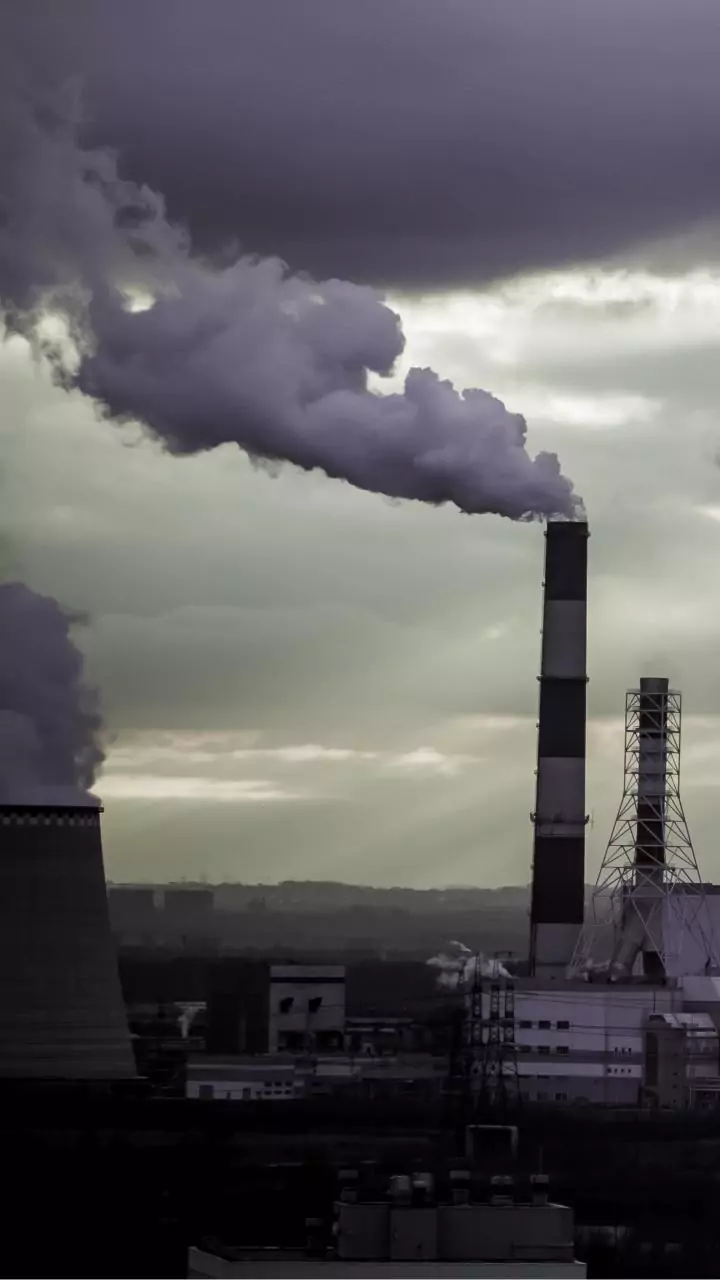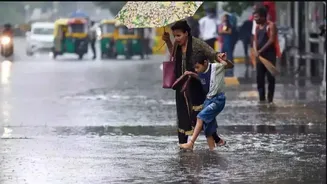A day after Delhi conducted cloud seeding operations, the air quality has still remained in "poor" and "very poor" categories on Wednesday (October 29).
The Commission for Air Quality Management implemented GRAP II measures in the capital as the air quality continues to worsen despite attempts to induce artificial rain. The total cost of cloud seeding across five trials stands at Rs 3.2 crore, meaning each trial costs around Rs 64 lakh. However, on Tuesday, the Delhi government conducted two trials, costing Rs 1.2 crore in total.
Did Cloud Seeding Help Ease Pollution?
Delhi on Tuesday carried out two cloud seeding trials to induce artificial rain as the pollution in the national capital worsens. The Delhi government collaborated with IIT-Kanpur to conduct cloud seeding trials in several areas, including Burari, North Karol Bagh, Mayur Vihar, and Badli.
The aircraft released eight flares during a half-hour operation, each lasting about two to two-and-a-half minutes.
On Tuesday evening, the IIT Kanpur released a report, stating that cloud seeding trials led to a reduction in particulate matter at the test locations.
"Before cloud seeding, the PM2.5 levels were 221, 230, and 229 in Mayur Vihar, Karol Bagh, and Burari, respectively, which dropped to 207, 206, and 203 after the first round of seeding. Similarly, PM10 levels declined from 207, 206, and 209 to 177, 163, and 177 at Mayur Vihar, Karol Bagh, and Burari, respectively,” the report stated.
However, Delhi on Wednesday, 8 am, recorded its average air quality at 306, slipping into the "very poor" category from the "poor" category, which was recorded on Tuesday with 294 AQI.
Also Read: Why Delhi's Cloud Seeding Plan Didn’t Work as Expected – Explained
Region-wise AQI across Delhi
- Anand Vihar - 307 (Very poor)
- RK Puram - 308 (Very poor)
- Ashok Vihar - 302 (Very poor)
- Bawana - 322 (Very poor)
- Dwarka Sector 8 - 298 (Poor)
- Nehru Nagar - 294 (Poor)
- Akshardham area - 307 (Very poor)
- India Gate - 282 (Poor)
- Lodhi Road - 226 (Poor)













